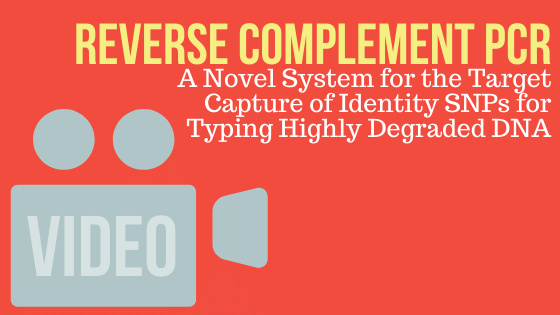

Examine how the observed phenotypes compare with the corresponding null mutant phenotypes in the same gene (the WormBase database has information on previously characterized RNAi and null mutant phenotypes). If you do not see the expected phenotypes on your control plates, this may indicate your RNAi experiment was set-up incorrectly.Ģ) Observe the RNAi phenotypes for the experimental RNAi construct and record all your observations in your notebook. Start by looking at the L4440 RNAi plates - what phenotype(s) would you expect to see on these plates? Next, look at the unc-22 RNAi plates – what phenotype(s) would you expect to see on these plates? Record all your observations in your notebook. elegans egg to grow into a gravid adult when grown at 16 oC.ġ) Observe RNAi controls. Try to avoid bringing any younger contaminating worms along with the L4 worms you are transferring.Ģ) Incubate the plates until the progeny reach the desired age (Note: it takes ~4 days for a C. We will use dpy10 as our gene of interest.ģ) Let the plates dry overnight at room temperature.ġ) Transfer two L4 hermaphrodites from the N2 stock plate to each of the RNAi feeding plates, minimizing the amount of OP50 bacteria transferred. A third plate will be seeded with HT115 bacteria carrying a portion of your gene of interest cloned into the L4440 vector. The phenotype resulting from RNAi of unc-22 is well-established and is reliably reproducible under the experimental conditions you are using today.Ĭ. Another plate will be seeded with HT115 bacteria carrying a portion of the unc-22 gene cloned into the L4440 vector. One plate will be seeded with HT115 bacteria carrying the “empty” L4440 vector (no C.

You should have three RNAi feeding plates:Ī. Grow overnight at 37 oC.Ģ) Seed NGM agar feeding plates (containing 25 µg/mL carbenicillin and 1mM IPTG) by pipetting 150 µL of LB bacterial culture into the center of the plate. Carbenicillin is preferred over ampicillin because it tends to be more stable.ġ) Inocluate 3mL of LB containing 50 µg/mL ampicillin with individual desired bacterial strain. To induce dsRNA production from these plasmids, the HT115 bacteria is grown on special RNAi NGM feeding plates that contain IPTG and the ampicillin analog carbenicillin. coli strain with IPTG-inducible T7 polymerase activity. coli strain HT115 carrying various L4440 plasmids, each containing a different cloned gene sequence. The plasmid also has a selectable marker that confers resistance to an antibiotic, in this case ampicillin. RNAi plasmids typically consist of DNA coding sequence from the intended target gene cloned between two T7lac promoters. coli bacteria carrying RNAi plasmids that produce the desired dsRNA can be fed to worms, and the dsRNA is transferred to the worm via the intestinal tract. elegans, in which the RNAi gene silencing phenotype is heritable and the dsRNA is easily administered. RNAi has been particularly well studied in C. By administering a specific dsRNA to a cell culture or multicellular organism, RNAi can be induced to selectively reduce expression of that specific gene in the cells or organism. RNAi involves double-stranded RNA (dsRNA) interfering with the expression of genes with sequences complementary to the dsRNA. RNAi is a natural cellular process in many eukaryotes which scientists have taken advantage of in the lab as a valuable reverse genetics mechanism for regulating gene expression.
#Reverse complement snapgene viewer full#
Prokaryotic resistance: ampicillin AmpicillinĬulture conditions: 37 centigrade, aerobic, LBĥ'sequencing primers: Based on full sequence design
#Reverse complement snapgene viewer update#
The results will appear instantly in the output fields (lower windows), and update automatically if you make changes to the sequences.Plasmid classification: nematode RNAI interference vector Worm Expression RNAi for creating a mutation or a restriction site, make sure to calculate the Tm only for the correctly matched sequence. NOTE: If the PCR primer contains desired mismatches, e.g.Degenerate primer sequences are also accepted.The name and sequence string can be separated with either space or tab, as long as the style is the same for all the primers.A name is required for each primer (eg.For single primers (determination of primer Tm) you can choose the Tm calculator for PCR.

Note: This analyzer requires at least 2 primer sequences in the input field. The analyzer accepts text and table format (can be copied from an Excel file, for example). Write or paste your primer sequences to the input field (upper window). For analyzing and comparing multiple primer sequences simultaneously.


 0 kommentar(er)
0 kommentar(er)
